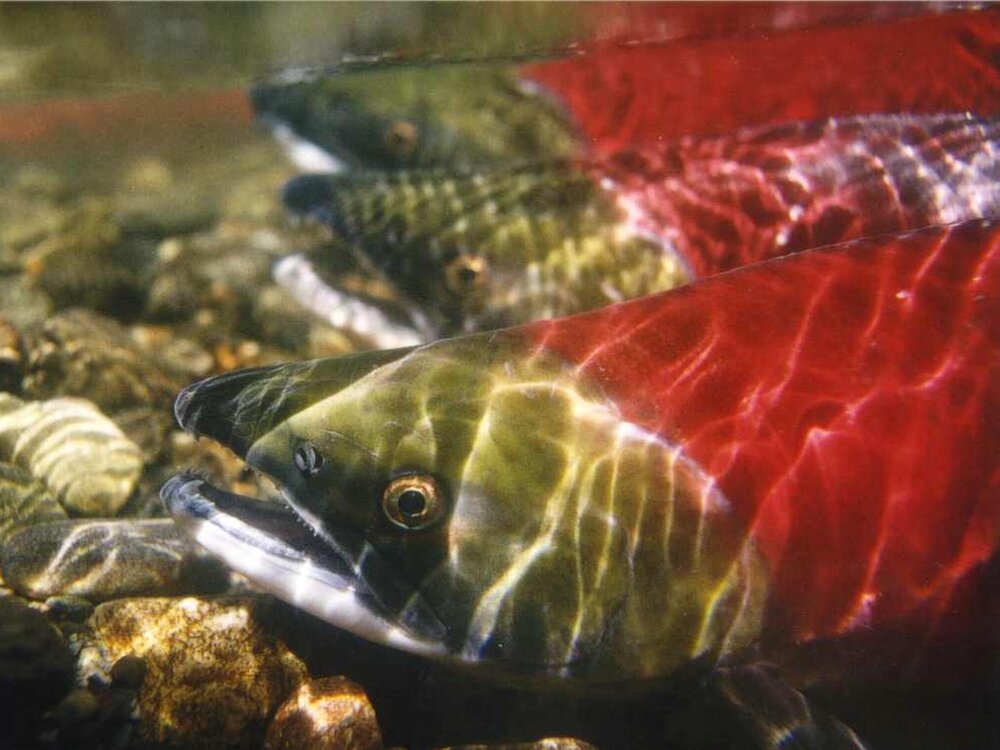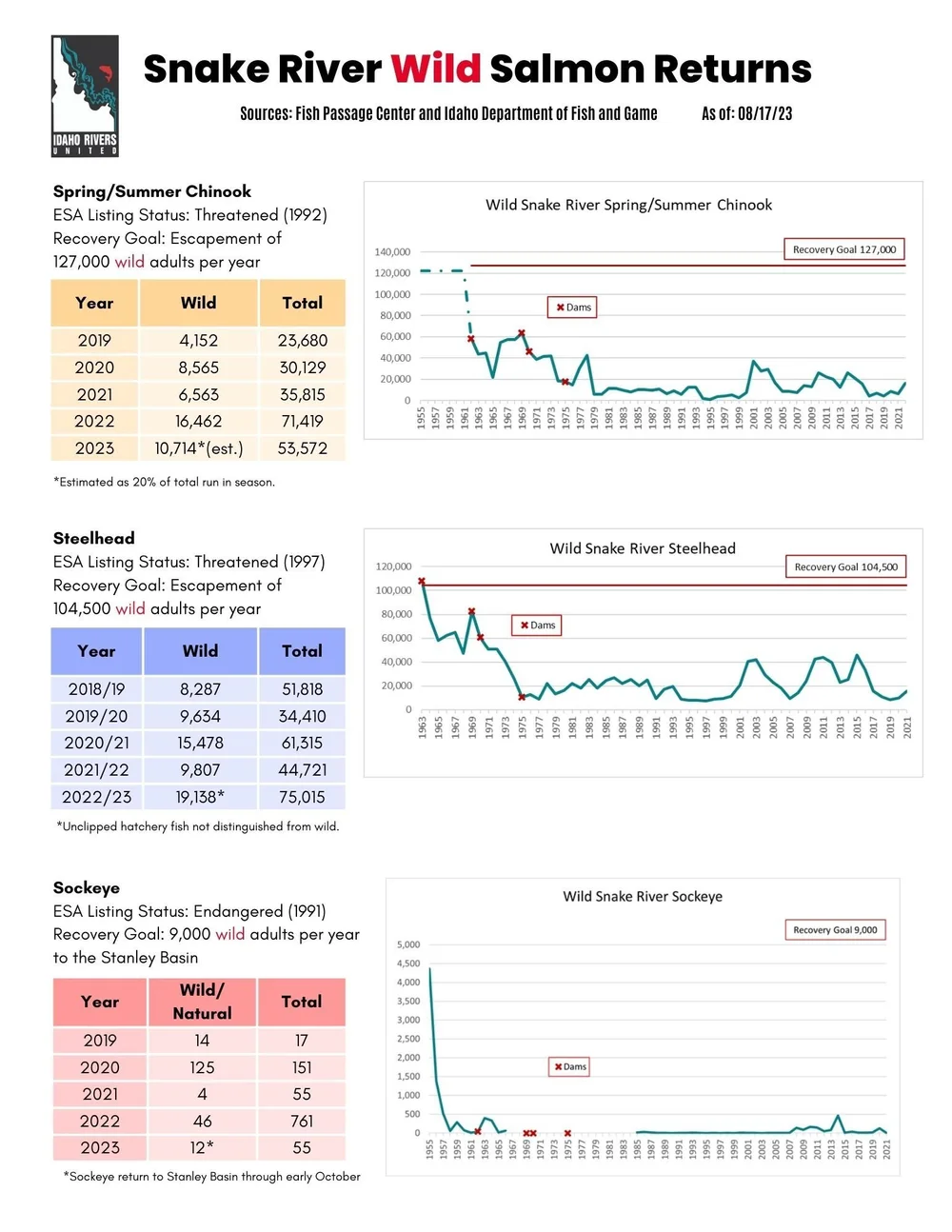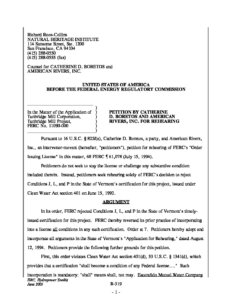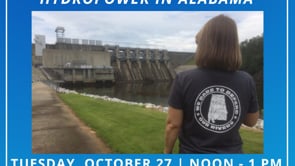60 day Notice on Hot Water Litigation & How it Relates to Endangered Sockeye

Endangered sockeye populations in Idaho continue to suffer from hot water temperatures and the four Lower Snake River dams. PC: IRU
IRU, along with Columbia Riverkeeper, Northwest Sportfishing Industry Association, and Idaho Conservation League, recently provided 60 days notice of intent to sue the U.S. Army Corps over lethal hot water conditions for migrating sockeye salmon caused by the Lower Snake River dams.
As the press release outlines, sustained hot water conditions created by the dams over the summer kill and injure significant numbers of late-migrating Snake River sockeye returning to Idaho – directly in violation of the Endangered Species Act (ESA). This run of sockeye has been on life-support for decades, after becoming the first salmon species listed under the ESA in 1991 due to years of fish returning to the Stanley Basin lakes in the single digits. A few years later, no sockeye returned at all.
While the Sockeye Captive Broodstock hatchery program has managed to salvage some of the population’s genetic variability and stave off extinction, this population remains extremely vulnerable and no longer has much of an ability to adapt to climate change due to the low genetic diversity that comes with a population almost hitting zero.
Low water years and high temperatures that create abnormally hot water conditions, such as those in 2015 that killed 96% of returning Snake River sockeye before they had reached the most upstream dam, are predicted to become the new normal for the region. The system of dams increases river temperatures and retains hot water in the slackwater reservoirs for prolonged periods of time compared to a free-flowing Lower Snake River. This prolonged exposure of sockeye and other salmonids to hot water conditions (anything above 68 degrees Fahrenheit) becomes lethal quickly.
The severe impacts of hot water on adult sockeye and other summer migrating salmonids must be considered in the wider context of the impact the hydrosystem has on survival across the life-cycle of every run of salmon that returns to Idaho. The only modeled recovery action that will reverse course for ESA-listed Chinook, sockeye, and steelhead and give the fish a shot at recovery to abundance is breaching the four Lower Snake River dams.
This 60 day notice is not related to the current hold on salmon litigation with the federal government, as the region looks to collaborate around a comprehensive recovery plan that replaces the services provided by the four dams. However, the federal government can avoid hot water litigation by developing a credible plan that restores Snake River salmon, sockeye included.
Last year, just 46 natural/wild sockeye returned to the lakes of the Stanley Basin in central Idaho. The regionally agreed upon, “healthy/harvestable” recovery goal is a return of 9,000 natural/wild sockeye per year.

This post originally appeared on News – Idaho Rivers United.


